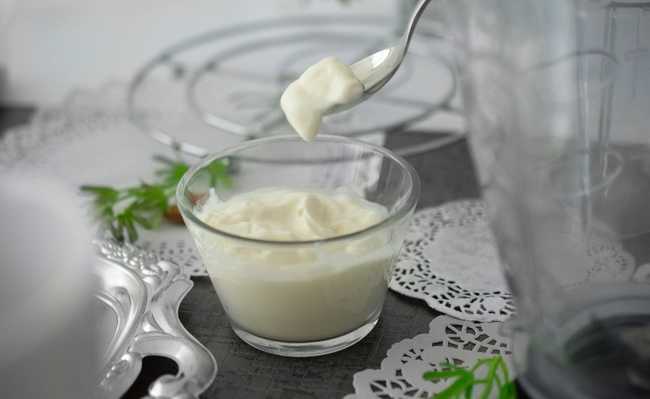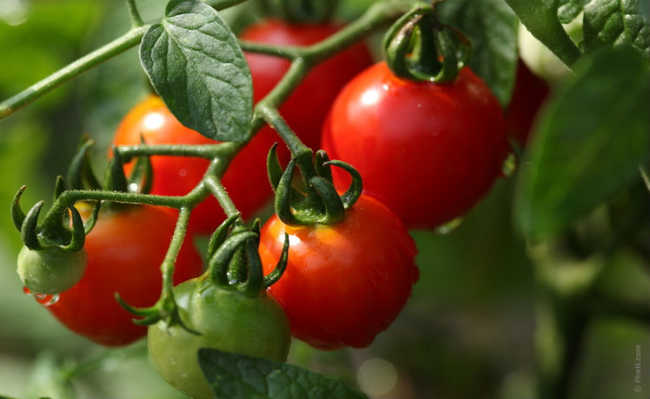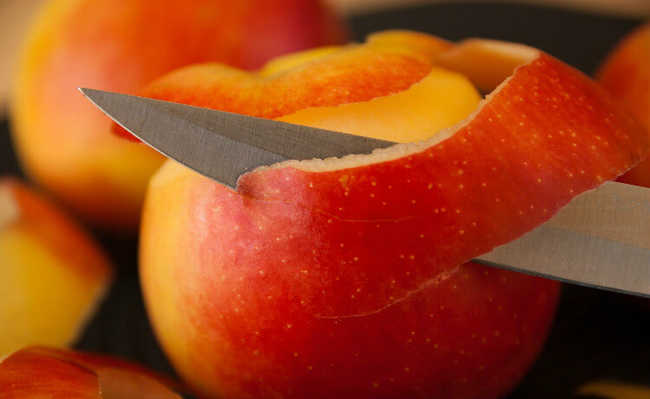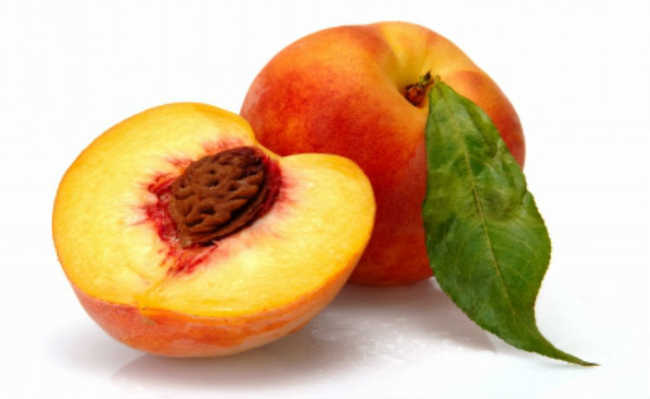What is Biodiesel? Know advantages and disadvantages
Biodiesel production has advantages and disadvantages. Understand the gas that could totally replace diesel produced from petroleum

Biodiesel is a biodegradable fuel whose production takes place from the reaction of a vegetable oil or animal fat with an alcohol (ethanol or methanol) in the presence of a catalyst. The origin of biodiesel goes back to the origin of diesel itself and dates back to 1890, when the inventor of the diesel engine, Rudolf Diesel, developed a fuel based on peanut oil. However, due to market interests, diesel production was based on petroleum, delaying the development of biodiesel production technologies, which only became the target of studies much later. Interest in developing diesel from vegetable oils and animal fat increased considerably after the oil price shocks in the 1970s, coupled with the need to reduce pollution and atmospheric emissions of greenhouse gases that are released in the process combustion of fossil fuels.
Brazil ranks third among the world's largest biodiesel producers, losing only to Germany and the United States, respectively, but it has the potential to become the world leader. Currently, the only species cultivated in Brazil on a sufficient scale for the commercial exploitation of biodiesel is soy, which corresponds to 80% of Brazilian biodiesel production, the remaining 15% being produced from animal fat and the other 5% from other oilseeds, such as castor bean, palm oil (palm oil), sunflower, cotton and jatropha.
Biodiesel production
Generally, each 100 kg of oil reacts with 10 kg of alcohol, generating approximately 100 kg of biodiesel and 10 kg of glycerin. The uses of biodiesel vary greatly, and it can be used from electricity generation in poor communities to industrial processes, and also as fuel in boilers and motor vehicle engines. Biodiesel is able to totally or partially replace diesel oil produced from petroleum, and can be used in automotive engines of trucks, buses, tractors and cars, or in stationary engines, such as generators. However, it can also be blended with conventional diesel. When the mixture is equivalent to 2% biodiesel, the fuel is called B2, so that this mixture can vary until the pure version of biodiesel, called B100, is reached.
Soy
Although soy is the main raw material for Brazilian biodiesel, it is not cultivated for this purpose. In fact, the stimulus to soy cultivation is justified by the increased demand for protein meal, which is incorporated into cattle, pig and poultry feed - as the consumption of meat and other foods tends to increase along with the population, these plantations continue growing. In addition, other factors contribute to soy leading the production of biodiesel, such as the fact that the soy production chain is well structured, relying on well-defined production technologies, offering quick returns.
Animal fat
Animal fats from slaughterhouses are another alternative, as they consist of large amounts of low-cost fat residues that are readily available in agro-industrial regions. In addition, the application of animal fat for the production of biodiesel implies in reducing the impacts that would result from the incorrect disposal of these materials.
Brazil produces an average of 2.5 million tons of fat from abattoirs - materials such as beef tallow, lard, poultry and fish oil. All this material, if destined for the production of biodiesel, represents a more “sustainable” destination for waste than simple disposal.
Alternatives to soy
Palm oil
Palm oil, also known as palm oil, is the oilseed with the highest oil production potential per hectare (up to ten times more than soybeans); however, it faces some obstacles such as the high cost of implementing the crop and long maturation period, which leads to a long waiting time for a financial return (from four to six years). In addition, the ideal region for cultivation is the Amazon, where problems such as the lack of qualified labor occur.
Castor bean
Castor bean also has greater production potential per hectare compared to soy, but there are other aspects associated with castor bean production that make it a less advantageous option than soy. The castor bean production chain is still in the process of being formed - the production cost is high and the productivity of the regions where the cultivation exists has been low. Also, unlike soybean oil and palm oil, castor oil is not edible.
Cotton
Cotton is another possible plant species for the production of vegetable oil and whose production process is well consolidated. In addition, cotton is also a source of protein bran. So why can't cotton replace soy in the production of biodiesel? Because cotton also provides fiber, which is used in the fabric industry and is the main attraction for this crop.
Transesterification
In the case of Brazil, the most used process for obtaining biodiesel is called transesterification. It consists of a chemical reaction stimulated by the action of a catalyst, vegetable oils or animal fats, with ethanol or methanol. Then there is the conversion of oil or fat into esters (biodiesel) by mixing fatty acid molecules (fat) with alcohol (ethanol or methanol). Thus, the objective of the process is to change the molecular structure of vegetable oil to transform it into a substance closer to the original diesel.
Applicability
In addition to being attractive from an economic point of view for reducing the country's dependence on fossil fuels, especially oil, biodiesel is also interesting from an environmental point of view, as it is capable of emitting 98% less carbon dioxide than Petroleum. Therefore, biodiesel is considered an important ally in combating the emission of greenhouse gases. In addition, it is not considered toxic, as it releases less sulfur particles and does not produce black smoke or odor, being also favorable to ensure better conditions of environmental quality and public health.










